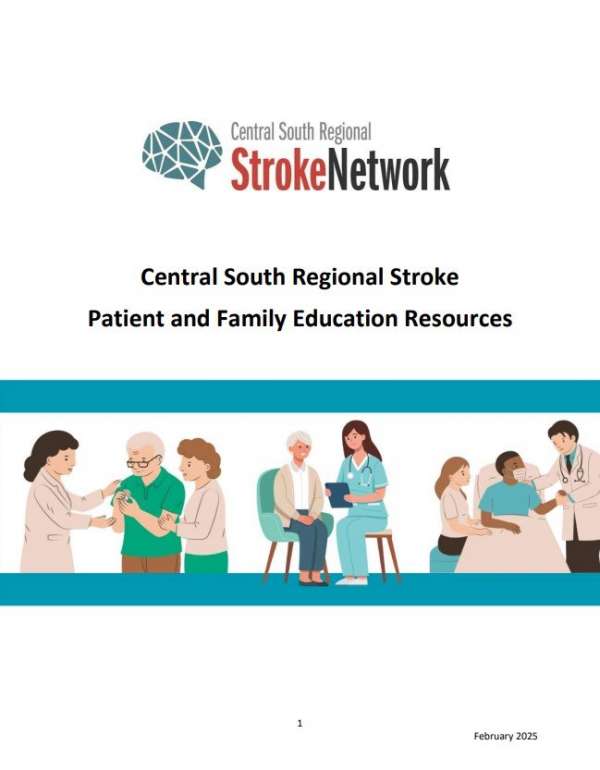What is a Stroke?
A stroke is a sudden loss of brain function. It happens when blood is blocked from getting to the brain or when blood vessels in the brain break suddenly.
What is a Transcient Ischemic Attack (TIA)?
A transient ischemic attack, or TIA, is caused by a short-term lack of blood in part of the brain. TIAs usually last from 30 seconds to 24 hours. The signs of a TIA are the same as a stroke but are only temporary. TIAs are often called mini-strokes. They are a serious sign that you may be at risk of having a stroke.
Signs and Symptoms of Stroke
The acronym FAST can help you remember the most common signs of stroke and how to get help. Learn the signs of stroke so you can act quickly!

Remember, it’s important to act FAST if you or someone you know is having a stroke. Watch the videos below to learn more about the signs of stroke and how to get emergency care.
In this video, the Region of Waterloo Paramedic Services and the Central South Regional Stroke Network explain why a stroke is a life-threatening emergency. If you think you or someone you know is having a stroke, call 911. Paramedics will help you get care quickly and safely.
Multilingual Signs of Stroke and How to React Video
Stroke care providers share the importance of acting FAST when recognizing a stroke in some of the different languages spoken in the community.
Patient and Family Educational Resources
The Central South Regional Stroke Network provides stroke care in our region as a part of the Ontario Stroke System. The Central South Regional Stroke Network website offers many tools and resources, including stroke information, articles, a service directory, patient stories, and more.
Central South Regional Stroke Patient and Family Education Resources

The following guide provides tools and information to support patients and their families immediately after a stroke. It can help you learn more about stroke and what to expect in the recovery process. Available to download in:
Stroke Recovery Journey Map

My Stroke Recovery Journey Map is a visual map of the stroke recovery journey. It can help you understand what to expect and guide you through the stages of recovery. Available for download in:
Community Services
March of Dimes Canada After Stroke program is a personalized recovery program that helps patients and their families after a stroke. You can learn more about their virtual and in-person programs on the After Stroke program website, by calling their support line at 1-888-540-6666, or by emailing afterstroke@marchofdimes.ca.
Ontario Health atHome: Waterloo Wellington Area
Ontario Health atHome coordinates local home and community care and manages long-term care placements. They can also help you find health services in your community. You can learn more at ontariohealthathome.ca.
wwhealthline.ca provides accurate, up-to-date information about health services in Waterloo Wellington. You can use this website to help you find the care and services you need.
Lowering Your Stroke Risk
When something increases your risk of having a stroke, it is called a stroke risk factor. Some risk factors can’t be changed, like your genetics. But some risk factors are related to your lifestyle. This means that you can take action to change them or manage them better. When you do, you can also lower your chances of having a stroke.
For example, heavy drinking is a lifestyle stroke risk factor. You can change your actions and choose to drink less. By engaging in healthier behaviour (drinking less), you are helping lower your risk of having a stroke.
Public Health Ontario has identified seven top lifestyle stroke risk factors. In 2019–20, the percentage of people who had these risk factors in Waterloo Wellington was:
- physical activity below the recommended rate: 15.5 per cent
- smoking: 16.1 per cent
- diabetes: 6.3 per cent
- high blood pressure: 18.2 per cent
- being overweight or obese: 65.4 per cent
- heavy drinking: 22.2 per cent
- eating less than four fruits and vegetables every day: 77.5 per cent

To lower your risk of having a stroke, read the following resources provide helpful information about these risk factors and the changes you can make.
Alcohol Use
Diet
Exercise & Physical Activity
Managing Blood Pressure
Managing Diabetes
Smoking

